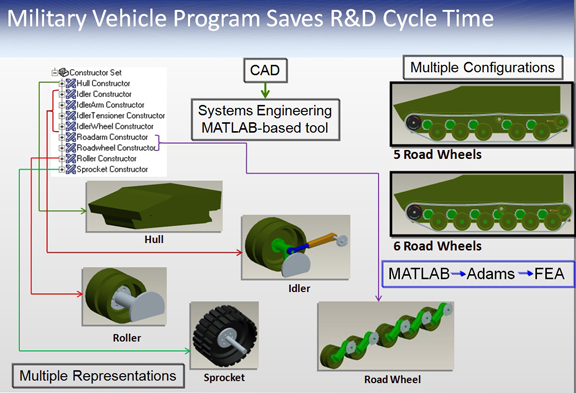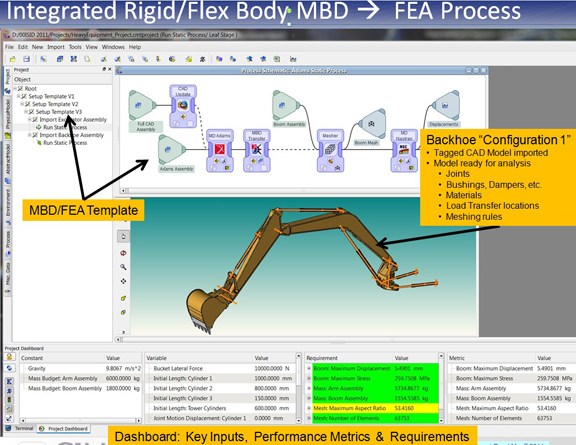Latest News
March 5, 2012
If enabling common people across the Middle East to rally themselves with social media and technology is the source of the recent Arab Spring that has toppled several long-established authoritarian regimes (with more teetering on the edge), then a template-driven approach that makes simulation more accessible to the common folks may be the way to democratize a practice once reserved for the specialists.
In CIMdata’s recent paper titled “The Democratization of Simulation with Intelligent Templates,” the authors argued, “The core enabler for intelligent templates is the idea of an ‘abstract model.’ This functional model of the product and of the associated simulations remains independent of a particular instance of a product design, and independent of the physics or fidelity of a particular performance simulation.” The key to this proposition is, the authors pointed out, “Experts must create the templates, but non-experts can use them reliably.”
Even though simulation is widely practiced among large enterprises, the authors noted, “The promise of simulation-driven design has not been achieved … Today that solutions represents a complex environment requiring a major investment.” To unlock simulation for a wider audience, the paper recommended “[getting] away from single point tools that solve individual problems … [and] moving away from working directly with geometry.”
The expert-created template will ultimately simplify a simulation scenario into a series of inputs non-experts can supply. These input parameters may be “system-level description, CAD-level description, or an optics description,” the paper suggested. “The simulation environment is set up to run the process quickly as the geometry changes … It can keep changing as engineers learn more about the behavior of the product”
CIMdata paper concluded that the template-driven approach is best-suited to “capture and reuse best practices in an executable form.” The paper is written by CIMdata’s Design and Simulation Council. It’s based on a keynote presentation by Malcolm Panthaki, Comet Solutions, at CIMdata’s PLM Road Map 2011 conference. The paper also discussed the role of direct editing tools like SpaceClaim in the simulation workflow. (For more on this topic, read “Direct Modelers as FEA Pre-Processors” in April issue of DE.)
Subscribe to our FREE magazine, FREE email newsletters or both!
Latest News
About the Author
Kenneth Wong is Digital Engineering’s resident blogger and senior editor. Email him at [email protected] or share your thoughts on this article at digitaleng.news/facebook.
Follow DE







